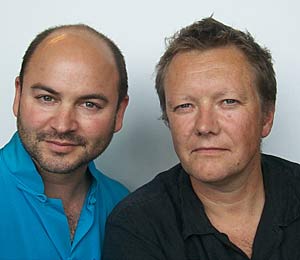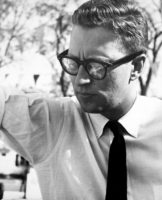
Construction is moving forward on Snøhetta’s National September 11 Memorial Museum Pavilion at the World Trade Center. The firm, which has offices in Oslo and New York City, was also recently commissioned to reconstruct the public spaces in and around New York City’s Times Square. Other current projects in North America include an arts center at Bowling Green State University in Ohio, and library buildings in Toronto, Canada and Raleigh, North Carolina.








Post a comment to this article
Report Abusive Comment